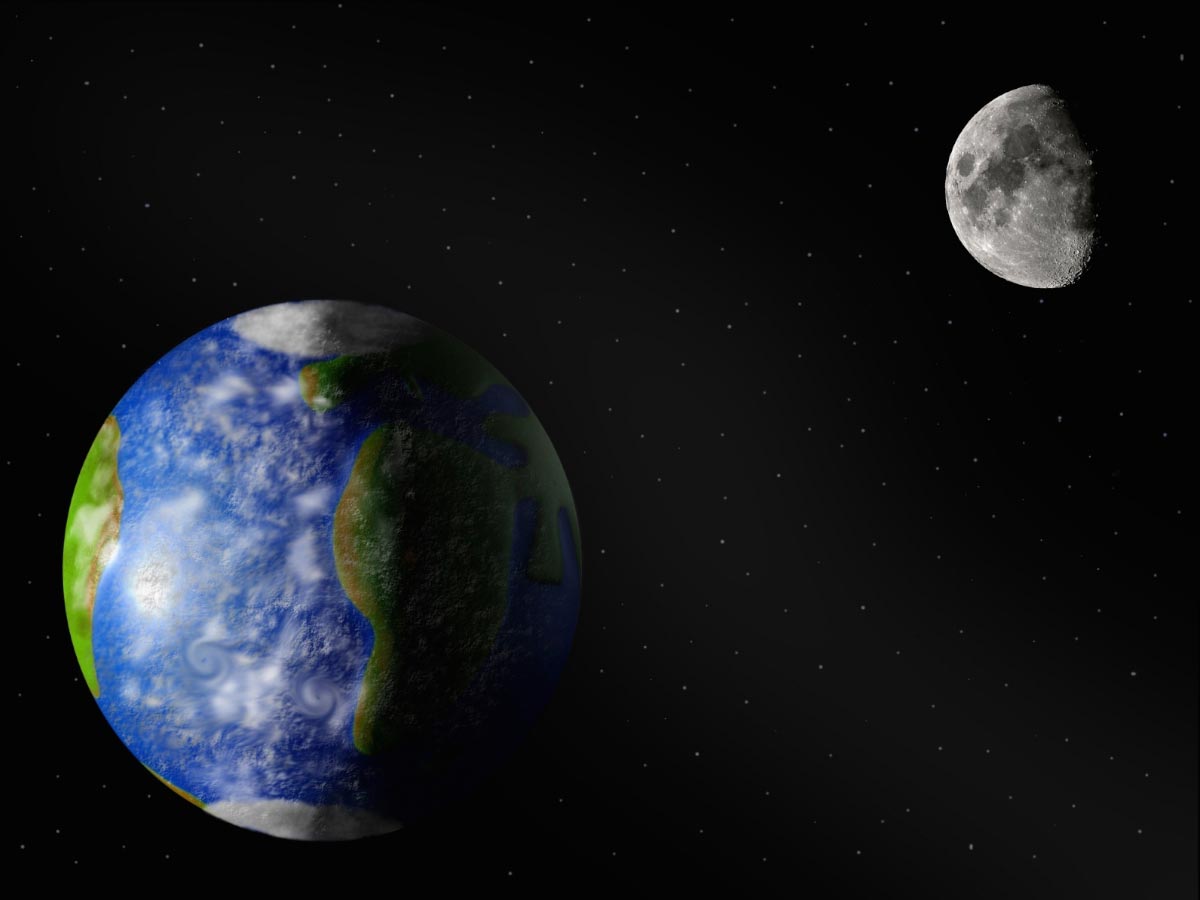
University of Arizona researcher Jekan Thanga is the foremost mind behind the project. He and his group of undergraduate and graduate students outlined the lunar ark concept in a paper presented during the IEEE Aerospace Conference 2021. Thanga's group dubbed the concert as a "modern global insurance policy."
The idea of humans staying on the moon has been around for hundreds of years. However, it is not exactly a hospitable and eventful place for humans to stay in. It does not have water or breathable air, and surface temperatures can hit as low as -25 degrees Celsius (-15 degrees Fahrenheit.) On the other hand, these qualities make the moon an ideal place for storing samples that need to stay very cold and undisturbed for centuries.
Furthermore, scientists discovered a network of about 200 lava tubes just beneath the moon's surface in 2013. This network of lunar lava tubes measures about 100 meters in diameter and could provide shelter from solar radiation, micrometeorites and surface temperature changes. These structures were first formed billions of years ago and have remained untouched since that moment. The lava tube discovery renewed the space community's enthusiasm for the lunar ark concept.
Thanga remarked that "Earth is naturally a volatile environment." The aerospace and mechanical engineering professor further explained: "As humans, we had a close call about 75,000 years ago with the Toba super-volcanic eruption – which caused a 1,000-year cooling period. [According] to some, [this aligned] with an estimated drop in human diversity. Because human civilization has such a large footprint, if it were to collapse – that could have a negative cascading effect on the rest of the planet."
Creating this lunar ark requires more than gopher wood and pitch
Thanga added that climate change is another looming concern. Many dry places will go underwater if sea levels continue to rise. The Svalbard Global Seed Vault in Norway, which holds hundreds of thousands of seed samples, is among the areas Thanga's team fears becoming submerged. The Svalbard vault stores the seeds to protect against accidental loss of biodiversity. Because of this, Thanga's team is of the opinion that storing samples on another celestial body protects against biodiversity loss if in case an event causes total annihilation on Earth.
The professor added that while building the ark is no small feat, it is not as overwhelming as it may sound. "It's not crazy big. We were a little bit surprised about that." (Related: Solar power 24/7: China plans to build first solar power station in space and beam power to Earth.)
The researchers presented their model for the underground lunar ark during the conference. A set of solar panels on the moon's surface would provide electricity. Access to the facility would be provided by multiple elevator shafts. Inside the ark, Petri dishes would be housed in a series of cryogenic preservation tubes. An additional elevator shaft for goods would be utilized to transport construction material for underground base expansion projects.
Preserving seeds in sub-zero temperatures requires a temperature of -180 degrees Celsius (-292 degrees Fahrenheit), while cells require a lower temperature of -196 degrees Celsius (-320 degrees Fahrenheit.) Two hundred fifty rocket launches would be needed to transport about 50 seed and cell samples from each of the 6.7 million Earth species.
However, the extremely cold temperatures on the moon and the equally cold samples stored there could undermine the integrity of the lunar ark's metal components. To avoid this, the scientists have taken advantage of the extreme temperatures through a phenomenon called quantum levitation. In quantum levitation, a material that transfers energy without losing heat floats above a powerful magnet. Both the magnet and the material are locked together at a fixed distance, so the material follows the magnet wherever it goes.
Thanga remarked that under the phenomenon, both the magnet and the superconductor material are "locked in place by … invisible strings." He added: "When you get to cryogenic temperatures, strange things happen. Some of it just looks like magic, but is based on tried and laboratory-tested physics principles at the edge of our understanding." Thanga's team included quantum levitation in their lunar ark's design, making shelves float above metal surfaces and having robots navigate through the facility above magnetic tracks.
Aside from these, more research needs to be done in relation to the lunar ark. These include studying how to build and operate the ark, investigating how lack of gravity may affect the preserved seeds and laying out a plan to communicate with authorities on Earth.
Doctoral student Alvaro Diaz-Flores Caminero is a member of Thanga's team, where he leads the project's thermal analysis. He commented: "What amazes me about projects like this is that they make me feel we are getting closer to becoming a space civilization, and to a not-very-distant future where humankind will have bases on the moon and Mars." (Related: Goodbye Earth? Astrophysicist claims humans can move into a space colony in 15 years.)
Visit Space.news to read more about plans to build structures on the moon.
Sources include:
Please contact us for more information.























